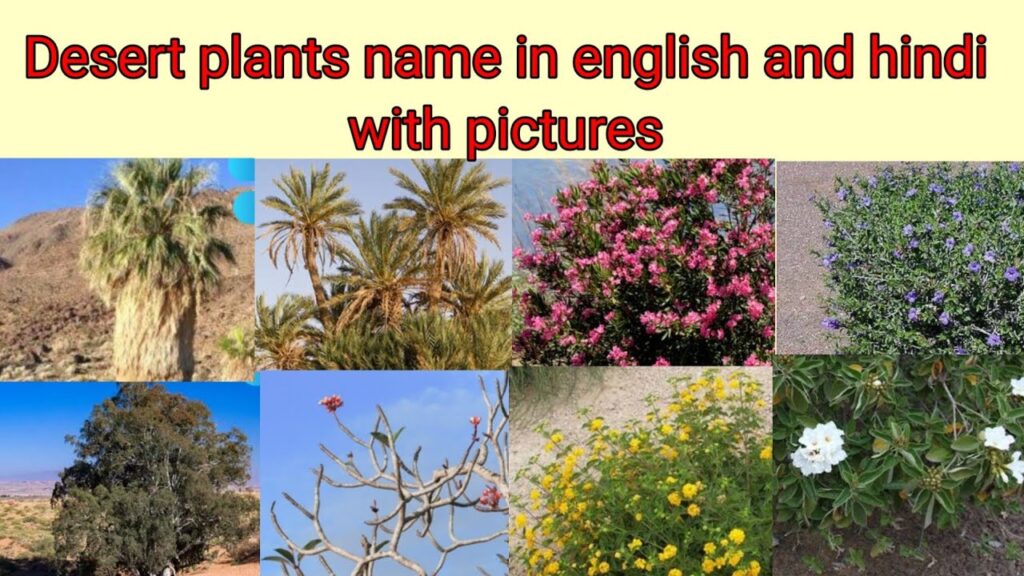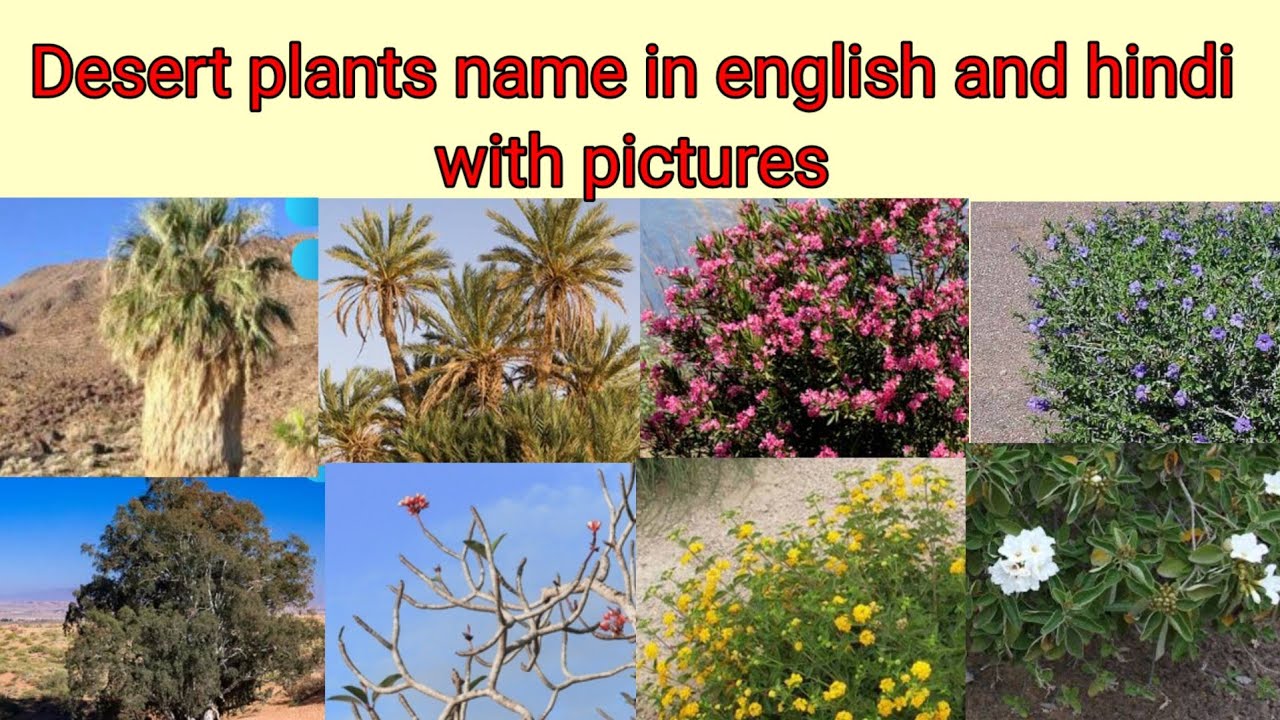
Thriving in Aridity: A Guide to Desert Landscape Plants
Desert landscapes, often perceived as barren and desolate, are actually teeming with unique and resilient plant life. Understanding how to cultivate these hardy species is key to creating a beautiful and sustainable desert garden. This comprehensive guide explores the world of desert landscape plants, offering insights into selection, care, and design principles for transforming arid environments into vibrant oases. Choosing the right desert landscape plants can transform your outdoor space into a beautiful and sustainable environment.
Understanding Desert Environments
Before diving into specific plant species, it’s crucial to understand the challenges and opportunities presented by desert environments. Deserts are characterized by low precipitation, high temperatures, and intense sunlight. The soil is often sandy or rocky, with poor nutrient retention. However, these harsh conditions have fostered the evolution of remarkable adaptations in plants, allowing them to survive and thrive where others cannot.
Key Environmental Factors
- Water Scarcity: The primary challenge is the limited availability of water. Plants must be drought-tolerant, possessing mechanisms to conserve water or access it from deep underground.
- Extreme Temperatures: Desert plants need to withstand scorching daytime heat and often freezing nighttime temperatures.
- Intense Sunlight: Protection from ultraviolet radiation is essential. Many plants have evolved physical adaptations, such as hairy leaves or waxy coatings, to reflect sunlight.
- Poor Soil: The lack of organic matter and nutrients in desert soils requires plants to be adaptable and efficient at nutrient uptake.
Selecting the Right Desert Landscape Plants
Choosing the appropriate plants for your desert landscape is paramount. Consider factors such as your local climate, soil type, and desired aesthetic. Native plants are generally the best choice, as they are already adapted to the local conditions and require minimal maintenance. However, many non-native species can also thrive in desert environments with proper care.
Popular Desert Plant Categories
- Cacti: Iconic desert plants known for their water storage capabilities and diverse forms. Examples include saguaro, prickly pear, and barrel cactus.
- Succulents: A broad category of plants that store water in their leaves, stems, or roots. Agave, aloe, and sedum are popular choices.
- Trees and Shrubs: Provide shade, structure, and visual interest. Mesquite, palo verde, and desert willow are well-suited to arid landscapes.
- Groundcovers: Help to suppress weeds, retain moisture, and add texture. Trailing rosemary, lantana, and gazania are good options.
- Grasses: Add movement and texture to the landscape. Desert grasses like blue grama and deergrass are drought-tolerant and visually appealing.
Specific Plant Recommendations
Here are a few specific desert landscape plants to consider for your garden:
- Saguaro Cactus (Carnegiea gigantea): The iconic symbol of the American Southwest, saguaros are slow-growing but can live for over 150 years. They require well-drained soil and plenty of sunlight.
- Prickly Pear Cactus (Opuntia spp.): These cacti are known for their edible fruits and pads. They are easy to grow and come in a variety of shapes and sizes.
- Agave (Agave spp.): These succulents have striking architectural forms and are highly drought-tolerant. They require well-drained soil and full sun.
- Aloe (Aloe spp.): Known for their medicinal properties, aloes are also attractive landscape plants. They prefer well-drained soil and partial shade.
- Desert Willow (Chilopsis linearis): A small tree with delicate flowers that attract hummingbirds. It is drought-tolerant and thrives in full sun.
- Palo Verde (Parkinsonia spp.): These trees have green bark that allows them to photosynthesize even when they lose their leaves. They are highly drought-tolerant and provide valuable shade.
- Creosote Bush (Larrea tridentata): A ubiquitous desert shrub with a distinctive scent. It is extremely drought-tolerant and provides habitat for wildlife.
Designing Your Desert Landscape
Creating a visually appealing and functional desert landscape requires careful planning and design. Consider the principles of xeriscaping, a water-wise landscaping approach that minimizes water use.
Xeriscaping Principles
- Planning and Design: Create a detailed plan that considers your site’s conditions and your desired aesthetic.
- Soil Analysis: Assess your soil’s composition and amend it as needed to improve drainage and nutrient retention.
- Efficient Irrigation: Use drip irrigation or soaker hoses to deliver water directly to plant roots, minimizing water loss through evaporation.
- Mulching: Apply a layer of mulch to conserve moisture, suppress weeds, and regulate soil temperature. [See also: Types of Desert Mulch]
- Plant Selection: Choose drought-tolerant plants that are well-suited to your local climate.
- Turf Alternatives: Consider replacing traditional turfgrass with drought-tolerant groundcovers or gravel.
- Maintenance: Regularly prune and fertilize your plants to keep them healthy and thriving.
Creating Visual Interest
A successful desert landscape should be both sustainable and visually appealing. Use a variety of plant textures, colors, and forms to create depth and interest. Incorporate rocks, boulders, and other natural elements to mimic the natural desert environment.
Caring for Your Desert Landscape Plants
While desert landscape plants are generally low-maintenance, they still require some care to thrive. Proper watering, fertilization, and pruning are essential for maintaining their health and appearance.
Watering
Watering frequency will depend on the specific plant species, the climate, and the soil type. In general, water deeply but infrequently, allowing the soil to dry out between waterings. Avoid overwatering, which can lead to root rot. Newly planted plants will require more frequent watering until they become established. Use a soil moisture meter to monitor soil moisture levels and adjust your watering schedule accordingly.
Fertilizing
Desert landscape plants generally require less fertilizer than plants in more fertile environments. However, a light application of a balanced fertilizer in the spring can help to promote healthy growth. Choose a fertilizer specifically formulated for desert plants. Avoid over-fertilizing, which can damage plants.
Pruning
Pruning is essential for maintaining the shape and health of your desert landscape plants. Remove dead, damaged, or diseased branches regularly. Prune flowering shrubs after they have finished blooming. Avoid pruning cacti unless absolutely necessary. [See also: Pruning Techniques for Desert Plants]
Addressing Common Problems
Even with proper care, desert landscape plants can sometimes encounter problems. Common issues include pests, diseases, and nutrient deficiencies.
Pests
Common pests of desert plants include aphids, mealybugs, and scale insects. These pests can suck sap from plants, causing them to weaken and become discolored. Control pests by handpicking them off plants, spraying them with insecticidal soap, or introducing beneficial insects.
Diseases
Root rot is a common disease of desert plants, particularly in poorly drained soils. Prevent root rot by ensuring that your plants are planted in well-drained soil and by avoiding overwatering. Other diseases include fungal leaf spots and powdery mildew. Treat diseases with fungicides.
Nutrient Deficiencies
Nutrient deficiencies can cause plants to become stunted, yellowed, or discolored. Common nutrient deficiencies include iron deficiency and nitrogen deficiency. Correct nutrient deficiencies by applying a balanced fertilizer or by amending the soil with compost.
The Future of Desert Landscaping
As water resources become increasingly scarce, desert landscaping is becoming more important than ever. By embracing xeriscaping principles and selecting drought-tolerant plants, we can create beautiful and sustainable landscapes that conserve water and protect our environment. Continued research and innovation in plant breeding will lead to even more resilient and attractive desert plants in the future.
Conclusion
Creating a thriving desert landscape is a rewarding endeavor. By understanding the unique challenges and opportunities presented by arid environments, and by selecting the right plants and implementing proper care practices, you can transform your outdoor space into a beautiful and sustainable oasis. Embrace the beauty and resilience of desert landscape plants and create a garden that thrives in harmony with its environment. Choosing the right desert landscape plants can transform your outdoor space into a beautiful and sustainable environment, ensuring a vibrant and ecologically sound future. Consider the longevity and growth patterns of your desert landscape plants as you design your space.

